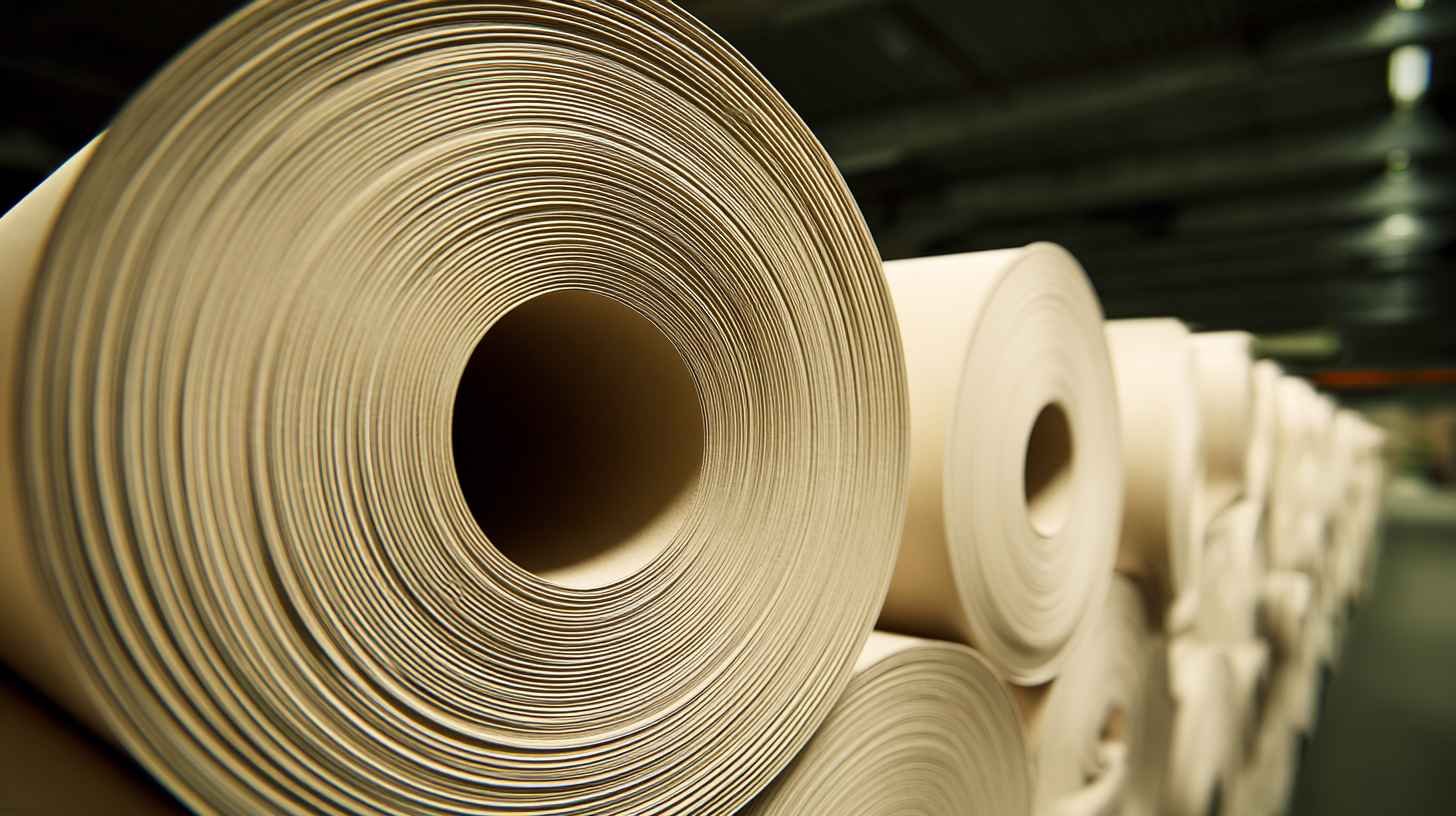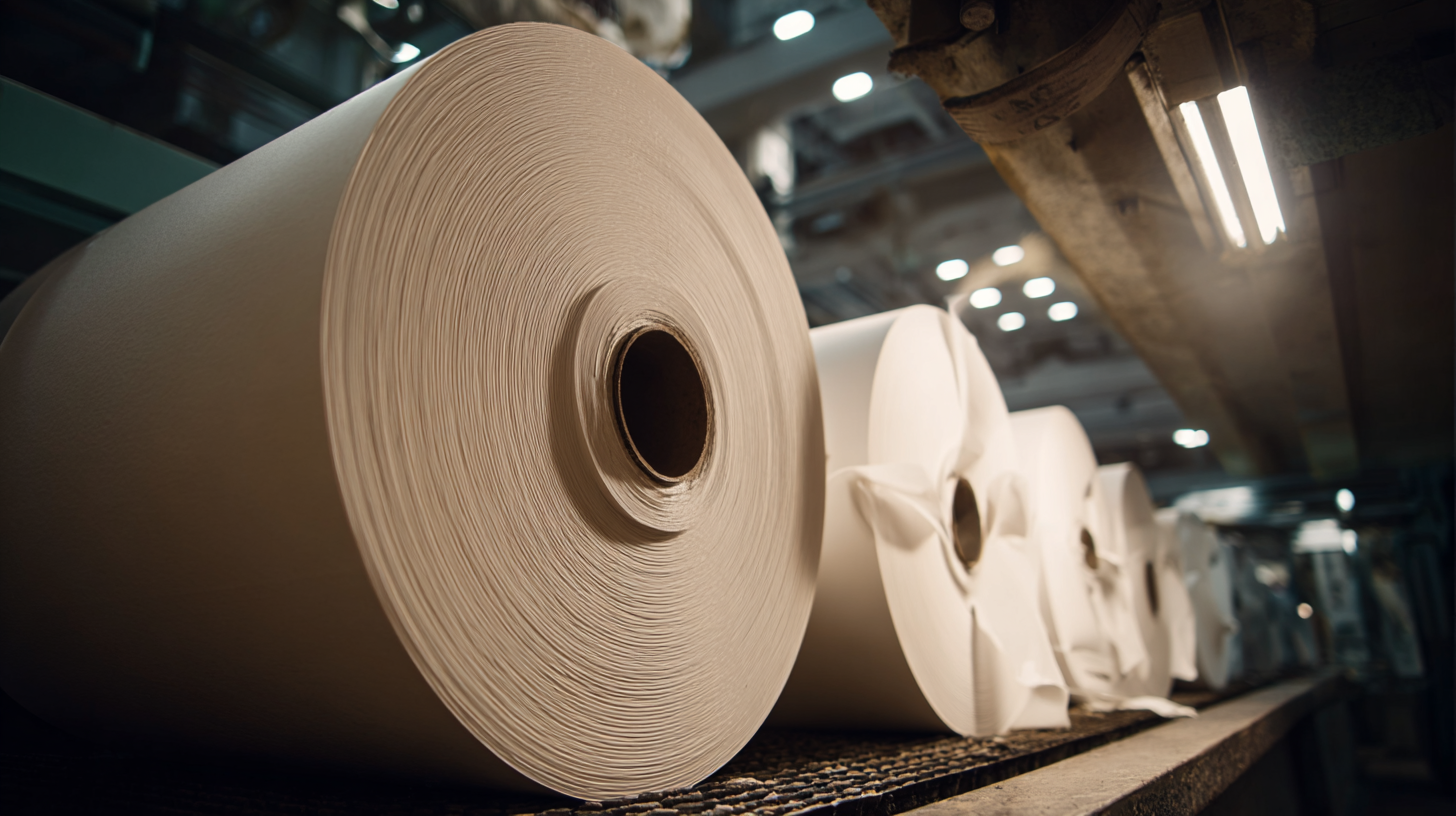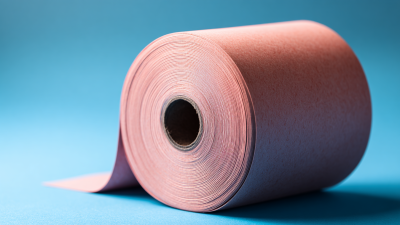 Offset paper is emerging as a sustainable choice in the printing industry, aligning perfectly with the growing demand for eco-friendly solutions. According to a report by Wilder et al. (2021), the global demand for sustainable paper products has increased by over 20% over the past five years, reflecting a significant shift towards environmentally responsible practices.
Offset paper is emerging as a sustainable choice in the printing industry, aligning perfectly with the growing demand for eco-friendly solutions. According to a report by Wilder et al. (2021), the global demand for sustainable paper products has increased by over 20% over the past five years, reflecting a significant shift towards environmentally responsible practices.
Offset paper, produced using high-quality materials and chemical-free processes, not only reduces the carbon footprint but also ensures excellent print quality, making it ideal for various applications, from brochures to packaging. The Forest Stewardship Council (FSC) estimates that paper products certified for responsible sourcing can contribute to a reduction in deforestation by up to 30%.
Hence, adopting offset paper not only fulfills the need for visually appealing prints but also supports a broader commitment to environmental sustainability, proving that ecological responsibility can go hand in hand with print excellence.
Offset paper has become a pivotal choice in eco-friendly printing solutions, offering significant environmental advantages. According to recent industry research, offset printing uses less energy and emits lower levels of greenhouse gases compared to digital printing methods. This is primarily due to the efficient production processes and the use of recyclable materials in offset paper production. Additionally, offset paper is often sourced from sustainably managed forests, ensuring that the raw materials support ecological balance and biodiversity.
Tips: When selecting offset paper, look for certifications such as FSC (Forest Stewardship Council) or SFI (Sustainable Forestry Initiative) to ensure that you are making an environmentally responsible choice. Switching to offset printing can also lead to reduced waste, as the production process generates less scrap compared to digital printing.
Moreover, the longevity of offset prints contributes to sustainability. Research indicates that offset prints can last longer without fading, which decreases the frequency of reprints and overall resource consumption. Adopting offset paper not only enhances the quality of printed materials but also aligns with the broader movement towards sustainable practices—making it an ideal option for businesses aiming to minimize their environmental footprint.
| Benefit | Description | Environmental Impact |
|---|---|---|
| Recyclability | Offset paper can be easily recycled, reducing waste and conserving natural resources. | Less landfill waste and lower demand for new raw materials. |
| Sustainably Sourced | Much offset paper is made from sustainably managed forests. | Helps maintain forest ecosystems and biodiversity. |
| Reduced Carbon Footprint | Offset paper production often emits lower CO2 levels compared to other paper types. | Contributes to global efforts to combat climate change. |
| Chemical-Free Options | Many offset papers are produced without harmful chemicals, using water-based inks instead. | Safer for the environment and human health. |
| Durability | Offset paper tends to be more durable, resulting in fewer replacements and waste. | Less resource consumption over time. |
The production process of eco-friendly offset paper plays a crucial role in its overall sustainability. Unlike traditional paper manufacturing, which often involves harmful chemicals and unsustainable practices, eco-friendly offset paper production emphasizes the use of recycled materials and non-toxic processes. This approach not only helps conserve forests but also reduces wastewater and energy consumption, which are significant environmental concerns in the paper industry. The integration of sustainable practices in the supply chain is vital for offset paper manufacturers, as it aligns with current green supply chain management trends.
Research indicates that the pulp and paper industry is undergoing significant changes to minimize its ecological footprint. Innovations, such as the development of climate-friendly solutions, are pivotal in this transition. By focusing on renewable resources and efficient production methods, the industry can effectively contribute to lower greenhouse gas emissions. Additionally, the demand for eco-friendly products continues to grow, highlighting the need for sustainable choices in consumer markets. As such, understanding these production dynamics not only benefits manufacturers but also supports consumers in making environmentally responsible purchases.

Offset paper presents a cost-effective solution for sustainable printing practices, particularly in the context of the rapidly growing packaging market. With the India offset packaging market projected to rise from $8.94 billion in 2025 to $13.01 billion by 2032, the demand for eco-friendly options is becoming increasingly significant. Offset printing enables high-quality output while allowing businesses to utilize recycled paper, reducing waste and environmental impact. This approach not only meets consumer expectations for greener products but also helps companies manage costs effectively.
Moreover, as the printing industry transitions from traditional offset methods to digital solutions, there's still a strong case for the continued use of offset paper, especially in large-volume jobs. The lower cost per unit in offset printing, combined with its efficiency in producing high-quality prints, makes it an attractive choice for companies aiming for sustainability without sacrificing performance. As industries such as packaging evolve, the dual focus on cost-effectiveness and environmental responsibility will drive the preference for offset paper in sustainable printing practices.
Offset paper has emerged as a strong contender in the realm of eco-friendly printing solutions, especially when compared to other materials. One of its primary advantages lies in its production process, which utilizes fewer chemicals and water than many alternatives. Additionally, offset paper is often made from recycled materials, further reducing its environmental impact. This aligns well with the increasing demand for sustainable practices in various industries, including printing inks and adhesives, where green policies are becoming more critical.

The growth of the India offset packaging market, projected to increase from $8.94 billion in 2025 to $13.01 billion by 2032, reflects a broader trend towards sustainability. This growth is propelling the development of greener inks and adhesives. Brands are under pressure to adopt sustainable practices, which includes using environmentally friendly materials in packaging and printing processes. By prioritizing offset paper, companies not only meet regulatory obligations but also enhance their commitment to sustainability, showcasing their role in promoting eco-friendly initiatives within the printing industry.
Offset paper has emerged as an ideal choice for sustainable printing solutions, particularly due to its eco-friendly attributes and real-world applications across various industries. According to a report by Smithers Pira, the global demand for sustainable print is set to grow at a compound annual growth rate (CAGR) of 3.2% over the next five years, with offset paper leading the charge. This paper type is commonly produced from recycled sources, and its production process utilizes fewer pollutants than traditional printing methods, effectively reducing the overall carbon footprint.
In practical applications, companies in the packaging and publishing sectors are increasingly opting for offset paper to meet both environmental standards and consumer demand for responsibly sourced materials. For instance, a study conducted by the Forest Stewardship Council (FSC) found that products printed on FSC-certified offset paper are perceived as more sustainable by consumers, fostering brand loyalty. Moreover, offset printing offers superior quality and color fidelity, making it a preferred choice for marketing materials, catalogues, and eco-friendly packaging. This dual benefit not only enhances visual appeal but also aligns with corporate sustainability initiatives, demonstrating how offset paper can play a pivotal role in the transition toward eco-friendly printing solutions.






